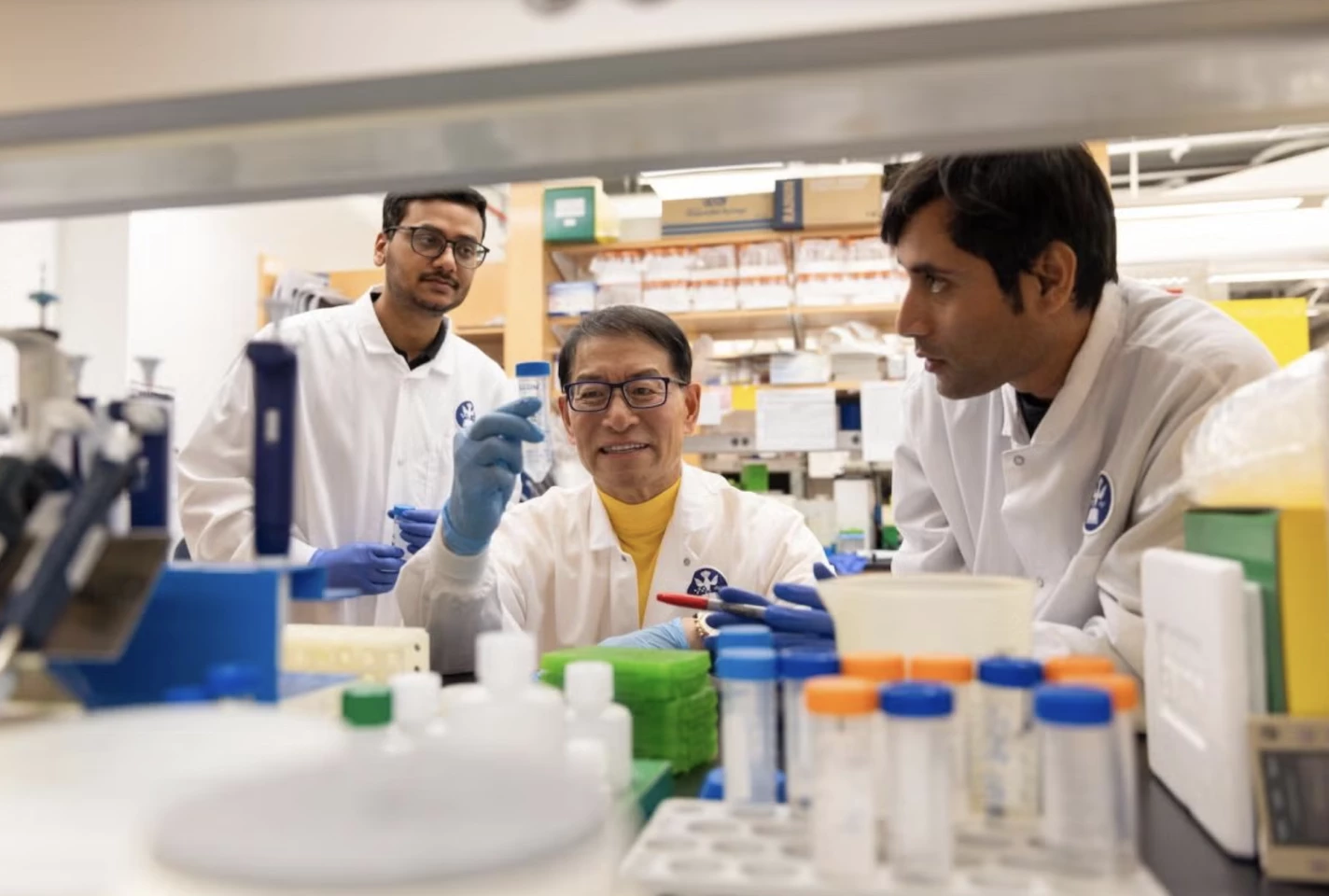Dental implants look the part, but by design they can't replace actual teeth. Now scientists have developed an innovative new implant that "grows" into the gum and fuses with existing nerves to mimic the form and function of a real tooth. What's more, they're easier and gentler to put in place, with no bone drilling required.
Tufts University's School of Dental Medicine and School of Medicine researchers have developed what they call a "smart" implant, an artificial tooth featuring a biodegradable outer layer containing stem cells and a specific protein that triggers the cells to mature into nerve tissue.
“Natural teeth connect to the jawbone through soft tissue rich in nerves, which help sense pressure and texture and guide how we chew and speak," said senior author Jake Jinkun Chen, professor of periodontology at the School of Dental Medicine. "Implants lack that sensory feedback."
Traditional implants feature ceramic crowns mounted on titanium screw-like posts that are anchored in the jawbone. While they're meant for long-term tooth replacement, the surgery can result in local trauma – such as severed or damaged nerves – and will always feel like a foreign object compared to natural teeth.

And this new technology doesn't require the same challenging surgical procedure; instead, the implant, at first smaller than the tooth it's replacing, has a layer of rubber nanofibers that expand as the coat biodegrades, securing it in the soft tissue that lines the socket, not the bone. It eventually sizes up to fill the gap.
“Imaging revealed a distinct space between the implant and the bone, suggesting that the implant had been integrated through soft tissue rather than the traditional fusion with the bone,” said Chen.
Here, it continues to reconnect with nerves as healing proceeds, helping to establish the mouth-to-brain communication that would otherwise have died with the loss of the extracted tooth. This means the artificial tooth can function much like its real neighbors, sensing things like food texture and temperature and playing a role in speech.
“This new implant and minimally invasive technique should help reconnect nerves, allowing the implant to ‘talk’ to the brain much like a real tooth,” explained Chen. “This breakthrough also could transform other types of bone implants, like those used in hip replacements or fracture repair.”
While still in the early stages, the implant has been successfully trialed in rodents and was both biocompatible and functioning like a normal tooth six weeks on from surgery. Now, the researchers will look at the rodents' brain activity to assess the sensory information – this would confirm how well the implant was able to embed its new nerves with existing signaling pathways.
The next step will be testing the implant on larger sets of teeth in animal models, then a human trial.
While there have been some modest advances in bone regeneration, particularly out of Japan, scientists are yet to crack the code that would enable humans to grow new teeth to replace missing or extracted ones.
The study was published in the journal Scientific Reports.
Source: Tufts University






